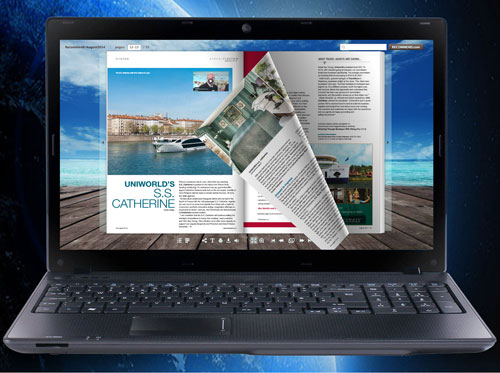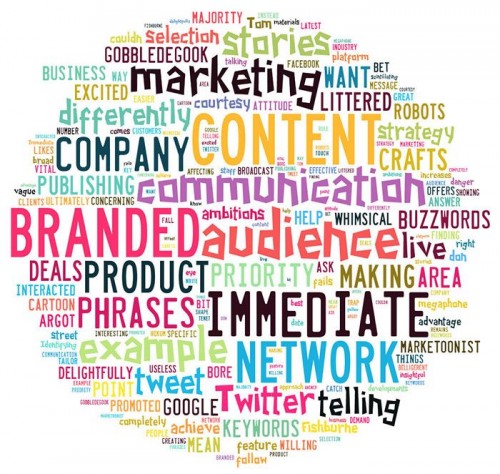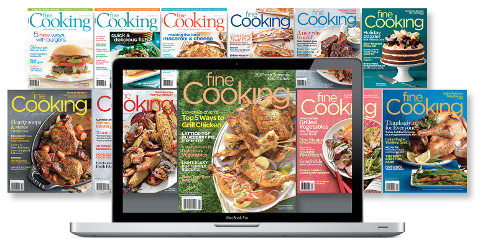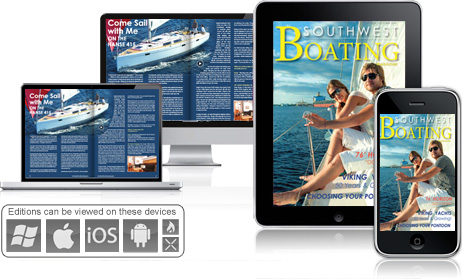First off, if you’re currently utilizing flip digital brochures for your company, congratulations! Not only do flipping pages attract attention for your business, they also allow for better measurement and cost-efficiency.
Flipbook brochures are usually adapted to an organization’s brand. They tell a story of your business in an engaging and attractive way. That’s why it’s important that the elements you put in your digital brochure represents your business, tells your consumers the benefits of your product or service, and persuades them into thinking your brand is better than your competitors. That it mind, your content must be consistent across your flipping pages and all devices.
Creating content for your flip digital brochure is not easy, though. Often, you’ll feel overwhelmed in content development because you’re faced with so many platform capabilities and options for customization. It’s easy to fall out of tone and appearance, and ultimately, out of a cohesive marketing mix.
Below are four key factors to consider before creating content. We find that this list includes great points to think about as you start to prepare your digital brochure copy!Read more










